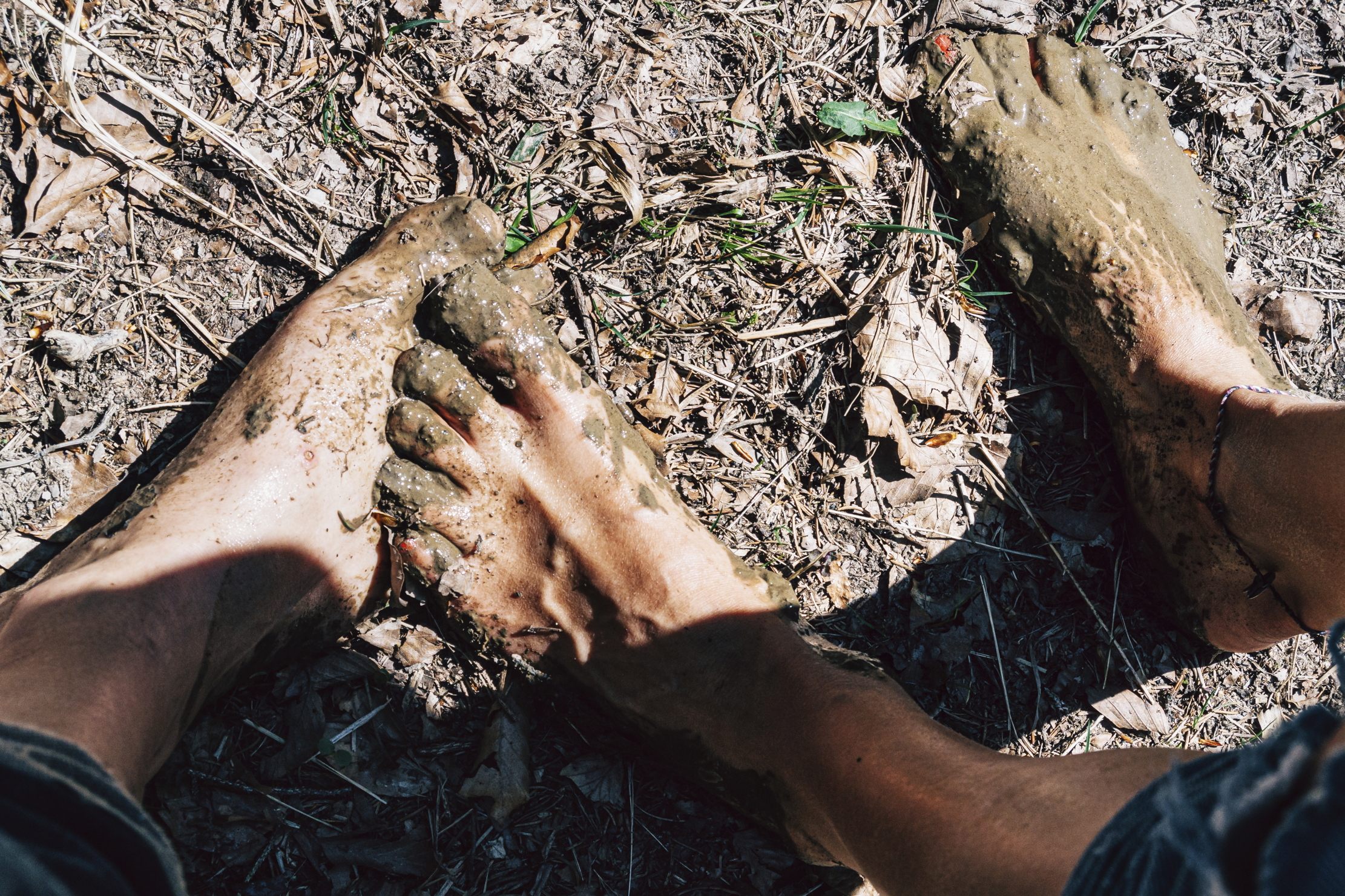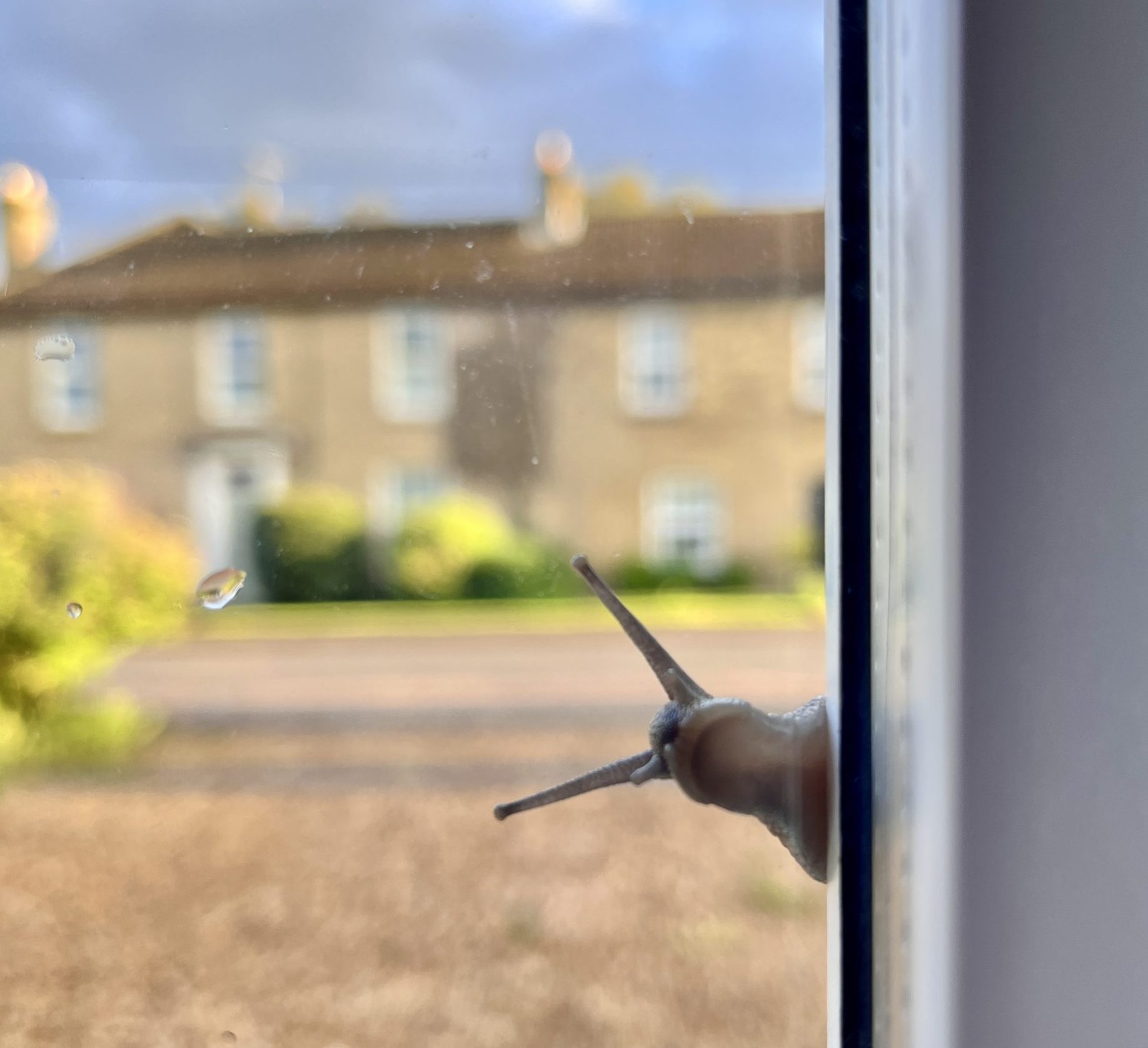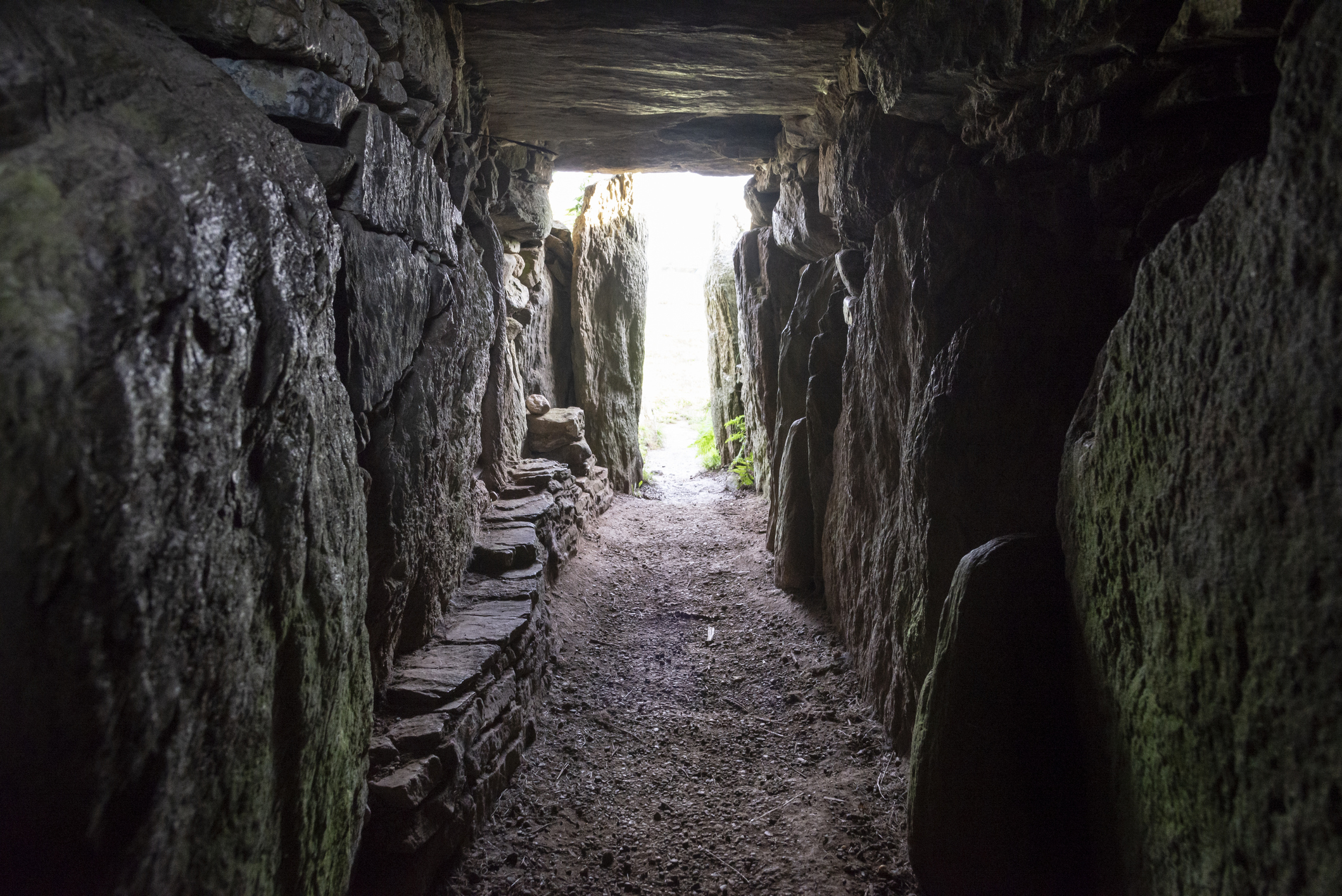Jason Goodwin: 'I slung my boots around my neck and squeezed the mud between my toes. Touching the earth with my feet — puddles, grass, leafmould — was curiously liberating'
Our Spectator columnist sheds his shoes and earths himself.

Shortly before our first child was born, we came across a book called The Continuum Concept, about a tribe in the South American rainforest who saw no division between work and play. They spent their days cheerfully gambolling through the jungle finding things to eat, with their babies strapped to their backs. The implication was that a healthy, well-balanced child would inevitably develop from the rocking motion imparted by a mother (or father) walking in the forest. We rather took this to heart and, for his first six months, the number one Goodwin’s tiny feet barely touched the ground.
We are walking creatures. We are made to roam, Bruce Chatwin famously argued, most content when we answer the call of the nomad in us all. Many writers and thinkers have found this to be true, following the precept laid down by St Augustine: solvitur ambulando or ‘it is solved by walking’.
Thoreau said ‘the moment my legs begin to move, my thoughts begin to flow’. Darwin had a thinking path; Nietzsche was wild for hikes; Dickens, like William Blake, clocked up thousands of miles on London streets. Wordsworth endlessly roamed the hills, pacing out his poetry, so that when a visitor asked to see his study, his maid explained: ‘Here is his library, but his study is out of doors.’ Scientists call it ‘transient hypofrontality’.
Many years ago, wondering what we should do with ourselves, Kate and I solved the problem by walking to Istanbul. We started from Gdansk and walked the length of Eastern Europe, about 2,000 miles, at about 20 miles a day, from the Baltic to the Bosphorus. We bought the latest walking boots, with shock-proof Vibram soles and Gore-Tex linings, but somewhere in southern Romania we gave them away because they were too heavy and too hot.
More recently, on a weekend pilgrimage, the artist Lilith Piper turned up with no shoes and went skipping across the Marshwood Vale, through meadows and mud, woods and farm tracks, completely barefoot. By lunchtime, it seemed obvious to follow her lead. I slung my boots around my neck and squeezed the mud between my toes. Touching the earth with my feet — puddles, grass, leafmould — was curiously liberating.
What about splinters and sharp stones, I hear you cry. What of the thistles? The splendidly named Galahad Clark, scion of the Clark shoe family, wants us to walk the way evolution intended, upright and loose limbed, without getting prickled. He makes shoes that aren’t really shoes at all, but wrappers for the feet. They are thin-soled, wide-toed, come in various shapes and sizes and they are remarkably comfortable. It’s like having your own feet back. They look a trifle goofy and are not cheap, but they pack easily.
Mr Clark’s argument, which cannot have gone down well at the family dining table, is that after aeons of evolving, feet, which contain more bones than the rest of our body together, have more nerve endings than a human tongue and revolve around what he calls, almost shamanically, The Great Toe. We stuff them unthinkingly into medieval torture chambers and then complain of stiff backs and aching hips.
Exquisite houses, the beauty of Nature, and how to get the most from your life, straight to your inbox.
He thinks the damage is probably more severe. Without stimulation, the unused nerve endings in our feet leave an area of our brain to go to seed. Our foot muscles aren’t exercised and, as our ligaments and tendons atrophy, we gradually lose our natural balance. Of course, these are really metaphors for the good life. If you want to achieve balance, activity, moderation and strength, a decent pair of shoes is a good place to start.

Jason Goodwin: I always give the snails a flying chance at new life — but with slugs, I am merciless
It's all very well being At One with Nature, but when they start feasting on your pelargoniums, they've crossed a

Credit: Getty
Jason Goodwin: When gaucho chic in Dorset becomes something 'between instrument of torture and decommissioned nuclear reactor'
An attempt to bring a touch of gaucho chic to Dorset doesn't go well for our columnist.

Credit: Getty Images
Jason Goodwin: 'In the garden I see myself as a god, quite Old Testament, full of wrath and vengeance'
'Bonfires spring up in my wake,' says Jason Goodwin. 'Brambles part before me like the Red Sea.'

Credit: Getty
Jason Goodwin: The Neolithic treasure I missed by 10 minutes
Jason Goodwin goes in search of treasure, but not the traditional gold and silver.